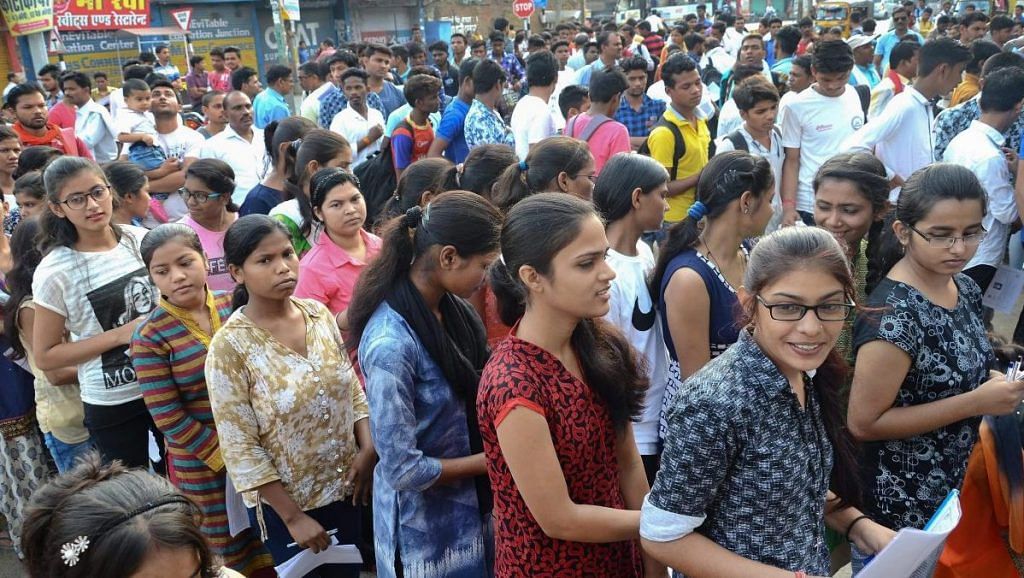The pursuit of uniformity in diverse societies festers inequality. The National Eligibility-cum-Entrance Test for Undergraduates (NEET-UG) isn’t any different. The phrase ‘uniform standards’ is oft-heard in arguments concerning the NEET. One’s allegiance in the debate depends on whether one chooses to stress on ‘uniform’ or ‘standards’. It is undisputed that a sound understanding of the basic sciences is an inevitable pre-requisite for the study of Medicine and the primary objective of any admission test must be to assess this. However, as the seats in medical colleges are grossly limited, admission tests become elimination tests rather than tests of merit. It is in such a situation that inequalities come to the fore.
Studying in an ‘institute of national importance’, I can without hesitance vouch that every student in my batch has undergone at least one year of dedicated ‘entrance coaching’ to clear the exam that got them into this college and I am sure that the case wouldn’t be dissimilar if one is to look at any other decent medical college in the country. This tells us how crucial a role, the numerous privately-owned coaching institutes – which are run with a profit motive and are concentrated mostly in the urban centres – play in medical education. This also reiterates the fact that, no matter how subsidised medical education is in the government colleges or how many colleges the government establishes in rural districts, it is the affordability and accessibility to these coaching institutes that really determines who gets into the medical colleges, all thanks to the pursuit of ‘uniform standards’. There needs no further argument to substantiate the fact that medical admission process in the country is biased against the rural population, the poor, the women and the backward classes.
Also read: Who said NEET hasn’t served its purpose? Just look at how the power elites fared
As per the data presented to the Rajya Sabha in 2019 by then Minister of Health and Family Welfare, India had over 1.2 million registered practitioners of Modern Medicine for a total population of over 1.3 billion. It most certainly falls short of the WHO-recommended 1:1,000 doctor-to-patient ratio but more than that, the report states that more than half of these doctors practice in just five states from the more urbanised southern and western parts of the country. The state of Uttar Pradesh, which accounts for about 17 per cent of the country’s population has only 7 per cent of its doctors practising there. The urban-rural disparity is even more acute with an urban to rural doctor density ratio of 3.8:1, in a country where about 70 per cent of the population lives in rural areas. An admission process that inherently favours the urban middle-class only serves to perpetuate this disparity.
The pertinent question then is: What would be an alternative to NEET, one that maintains standards even if it falters a bit on uniformity? This draws one’s attention to the state of higher education in the country. While the national boards such as the CBSE and the ISC are widely attributed a certain legitimacy, many of the state boards have a dubious track record of maintaining the quality of examinations. Hence it is equally important to improve the legitimacy of state board examinations all the while arguing against a national entrance test in the name of federalism.
Also, it seems paradoxical that while, on one hand, the country is grappling for more doctors, on the other, there exists cut-throat competition to get into a limited number of medical seats. One wouldn’t be too wrong to say that a national-level elimination test adequately covers up the state’s failure to invest more in healthcare and increase the number of medical seats.
Ranjan Anilkumar is a student at All India Institute of Medical Sciences, Bhubaneswar. Views are personal.
